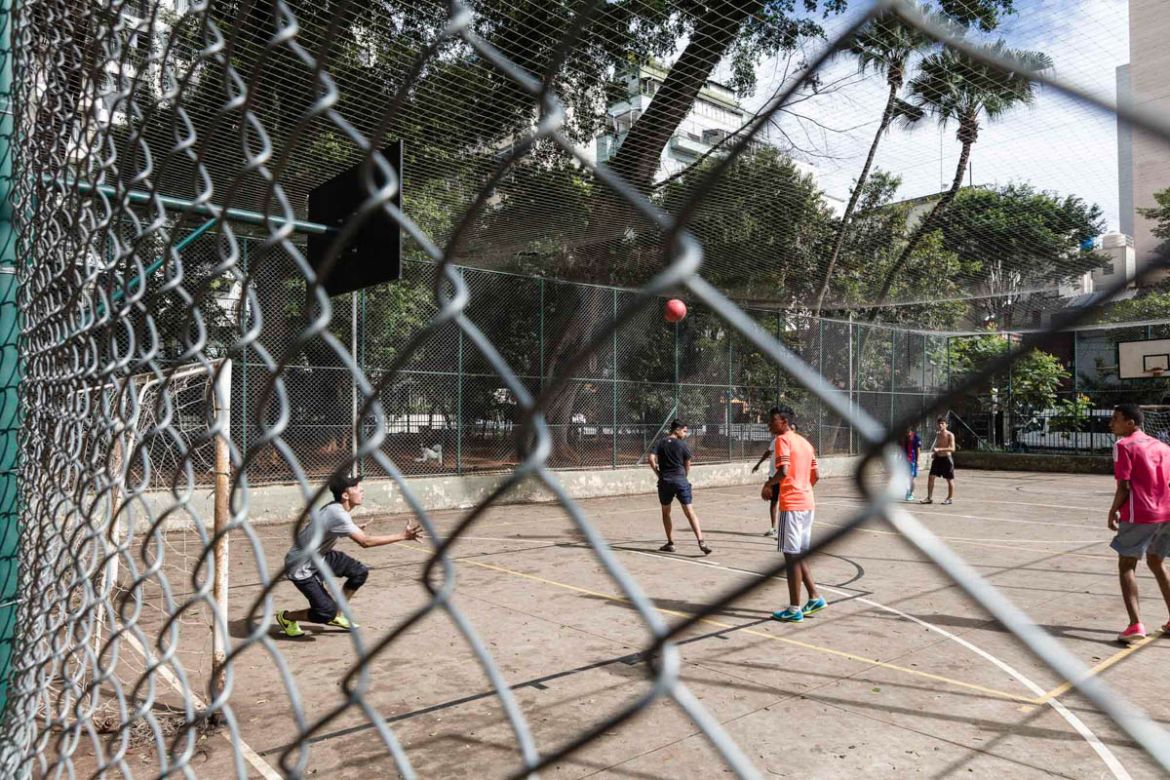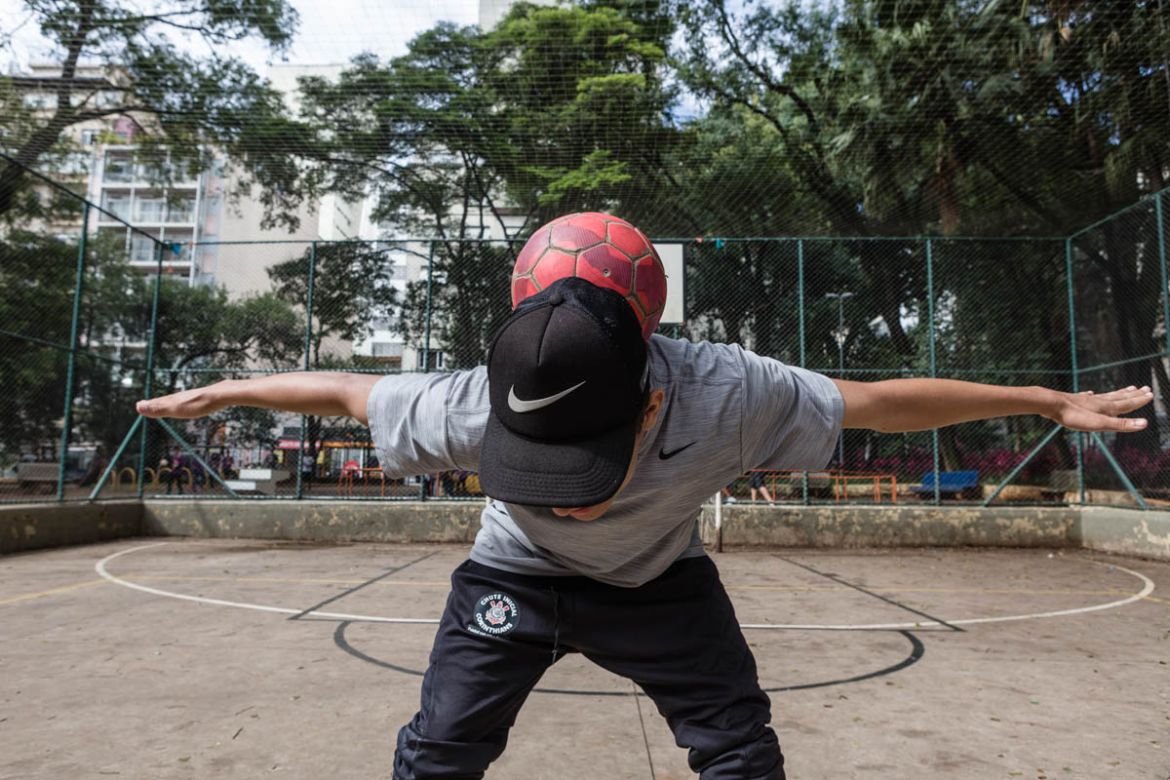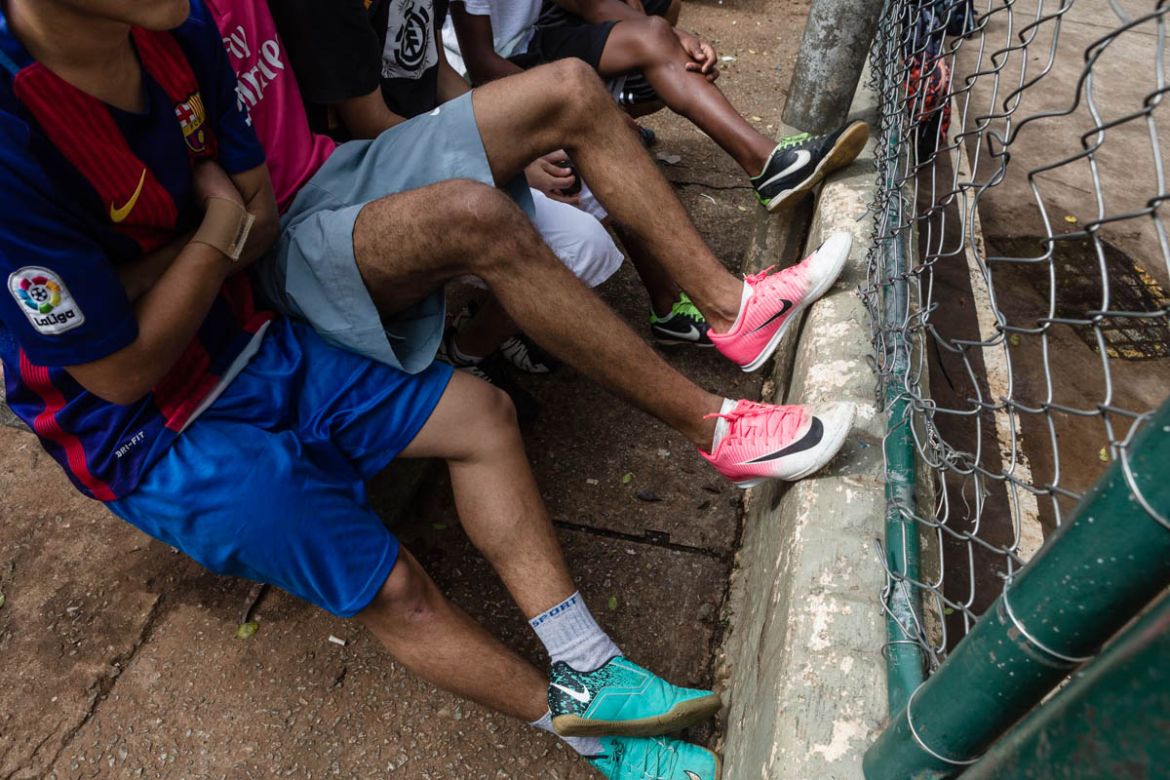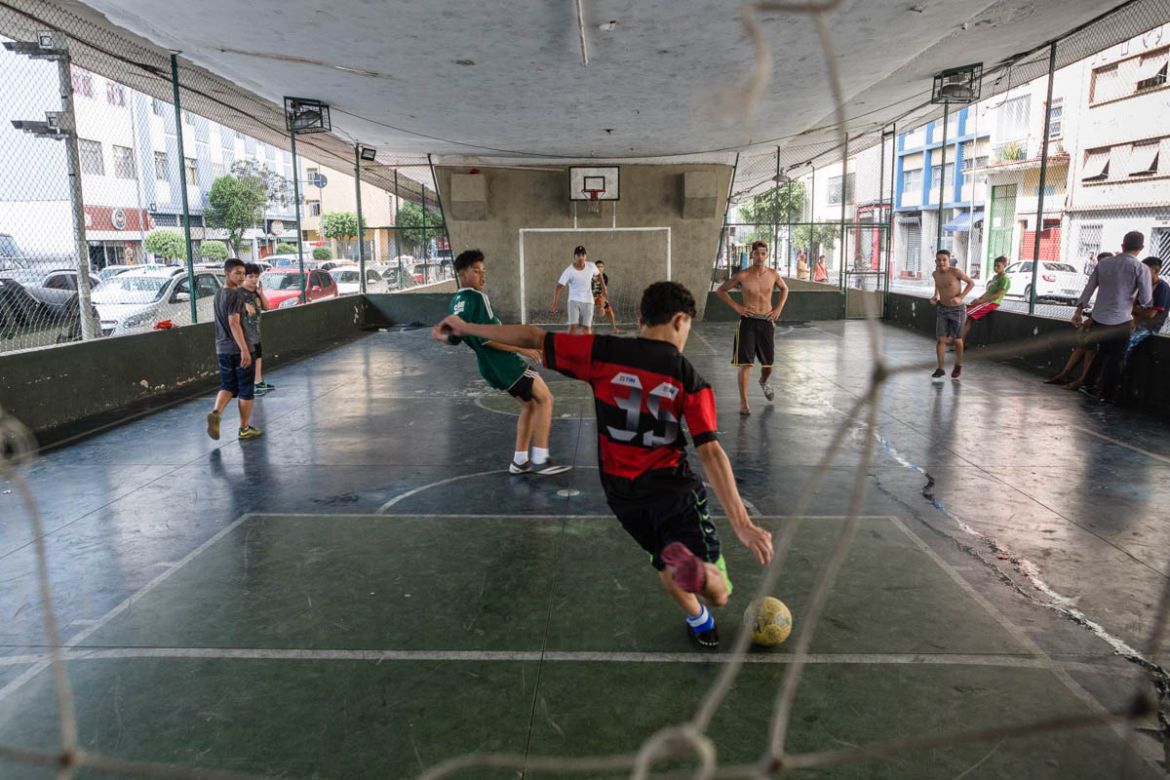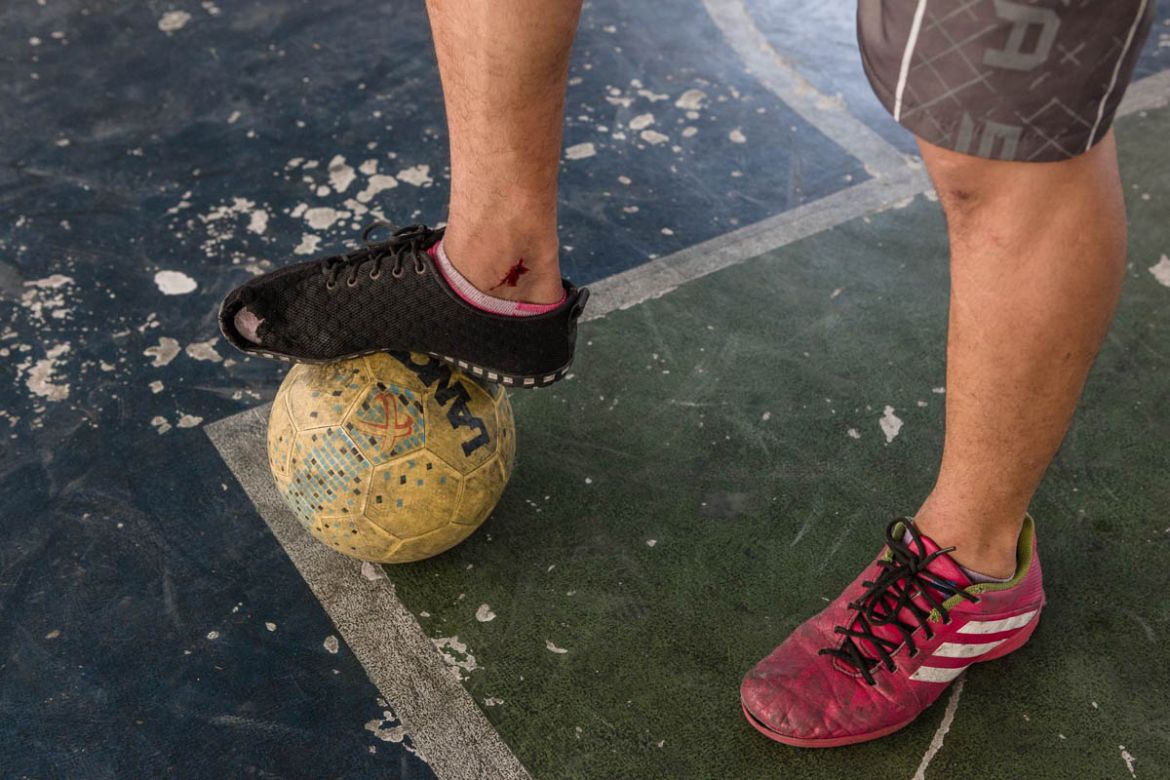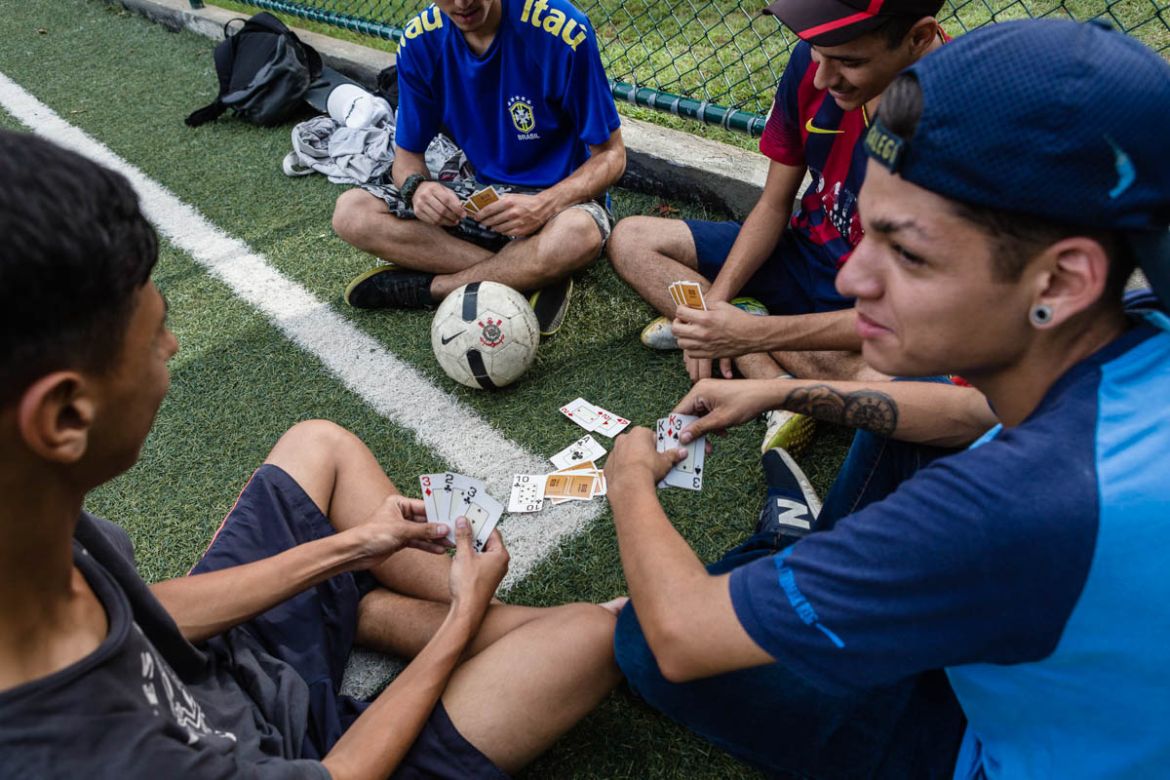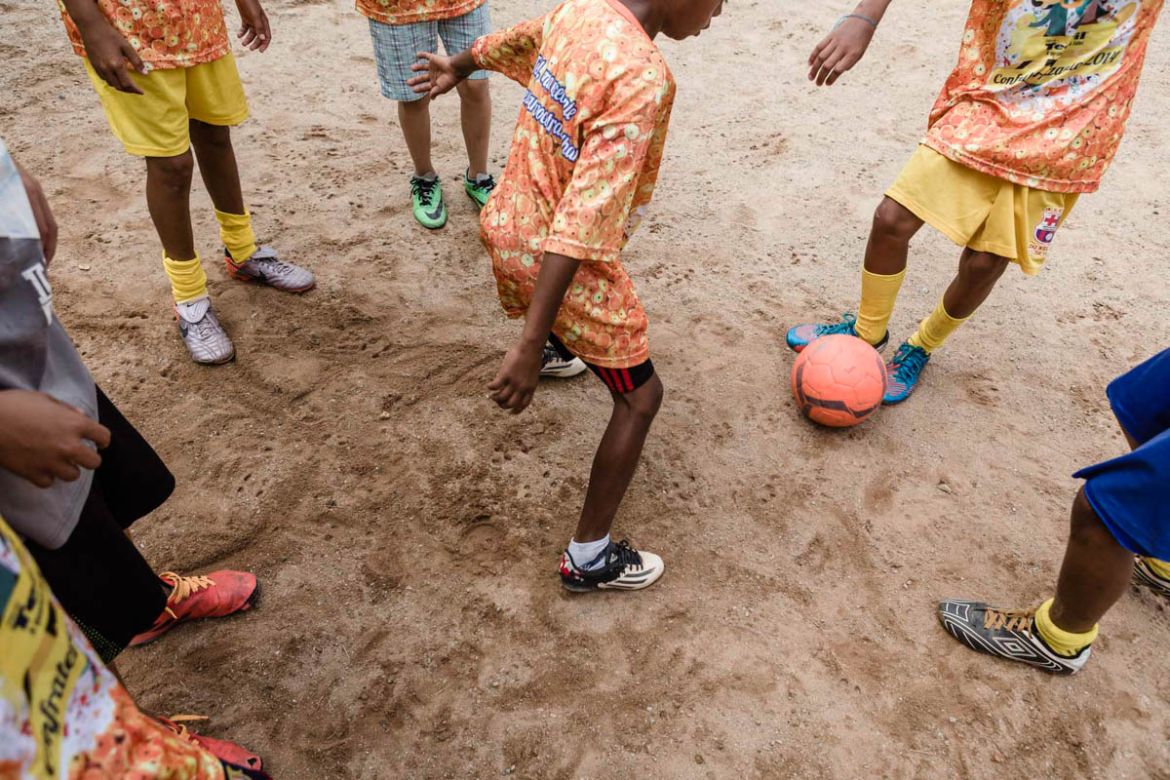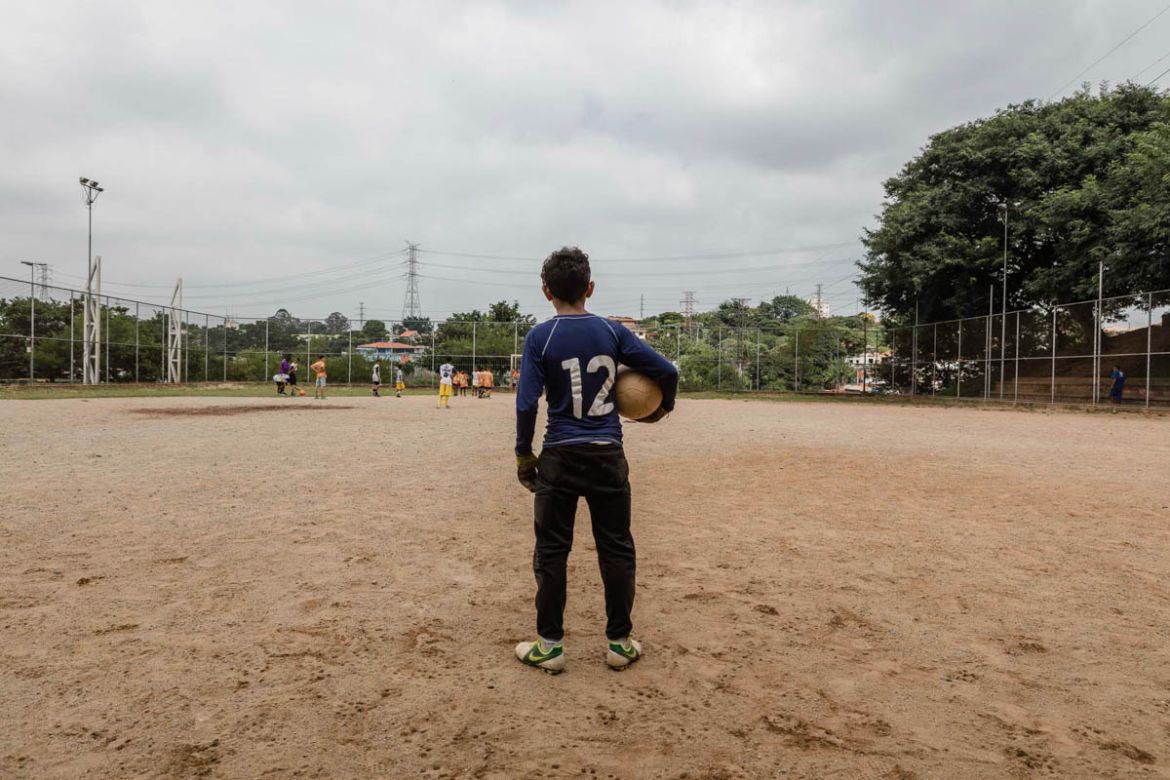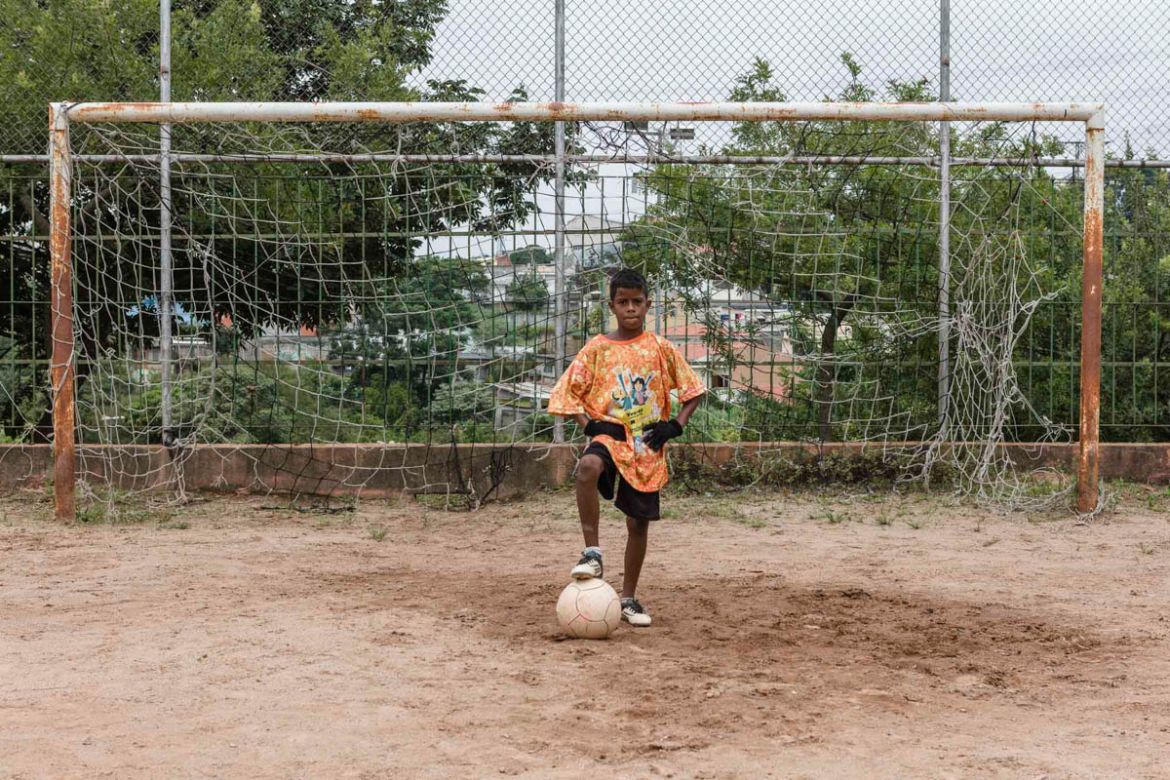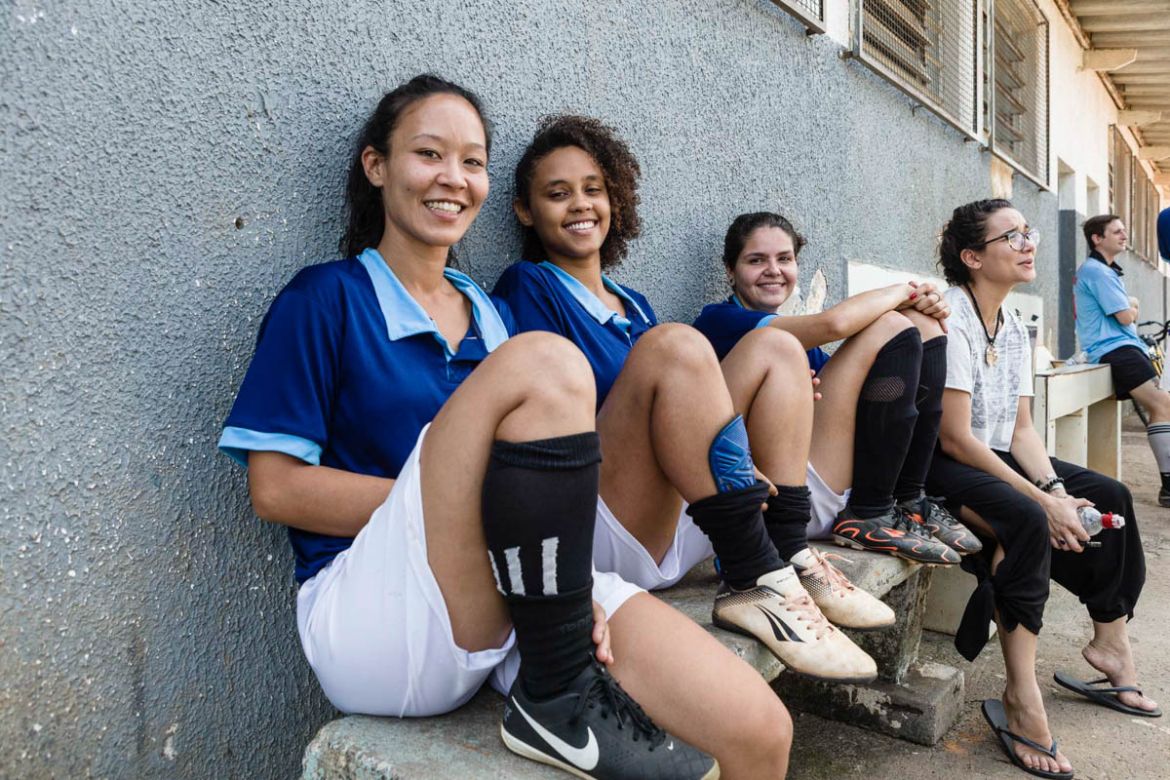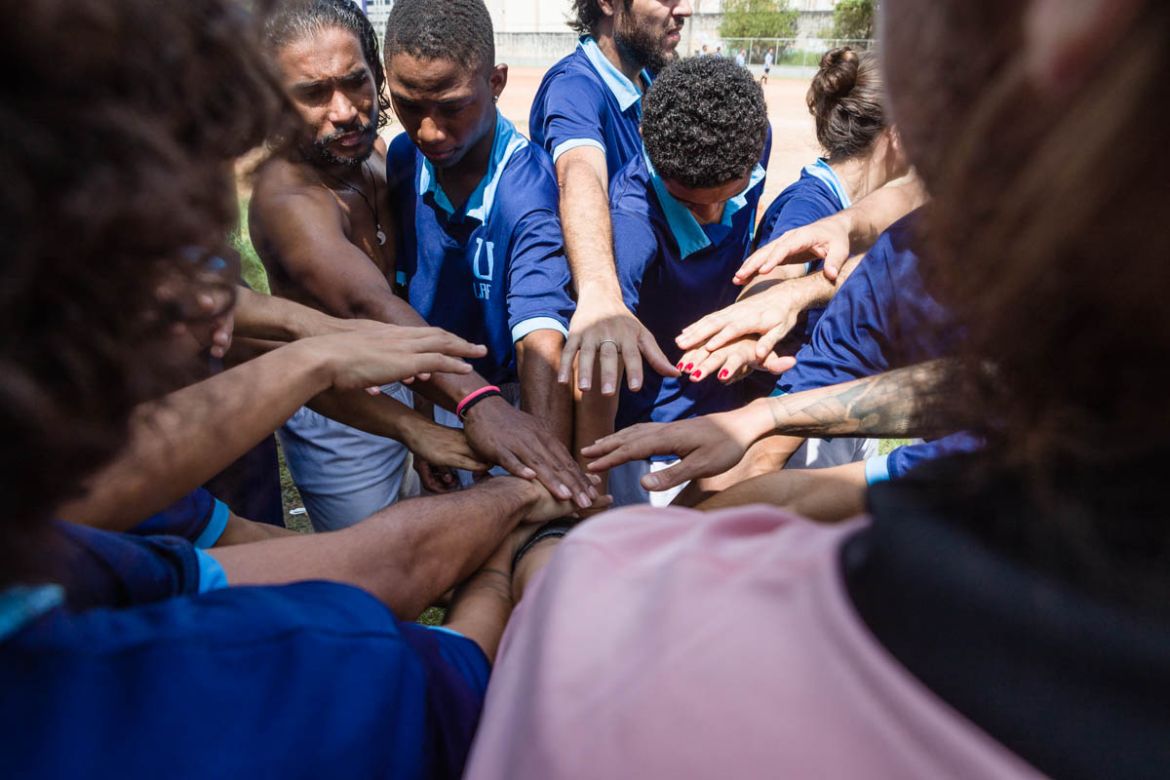In Pictures
Sao Paulo: Street football in Brazil’s biggest city
Sao Paulo, Brazil’s biggest city, is the beating heart of the nation’s most popular sport, football.

Sao Paulo, Brazil – Brazil is known across the world for its affection for football.
From Pele to Neymar, Brazil has produced players with their own unique style, and teams with extraordinary flair.
As such, it has become the most revered football nation in the world, according to sportswriter David Goldblatt, host of Al Jazeera’s new football podcast Game of Our Lives.
In particular, Sao Paulo, Brazil’s biggest city, is the beating heart of “O Jogo Bonito” [the beautiful game], the nation’s most popular sport.
The city, home to some 12 million people, has a rich history of football success stories.
The three largest local teams – Corinthians, Palmeiras and Sao Paulo – have won 27 national championships between them and have a combined fanbase of seven million supporters.
Passion for football flows freely at every level of the game in Sao Paulo, professional and otherwise, with more than 1,000 amateur teams active in the city.
Inspired by their heroes on the national team, many amateur football players create their own unique styles, incorporating radiant clothing, vivid tattoos and glittering boots, making matches across the city a dazzling display of colour and movement.
On a weekend walk through Sao Paulo, you can see people playing football in all kinds of settings, from a father teaching his child the basics in one of the city’s parks, to an amateur championship in an abandoned factory turned improvised pitch, the city lives and breathes the game.
Through these players and the myriad places in which football takes place, Brazil’s love for the sport shines through.

